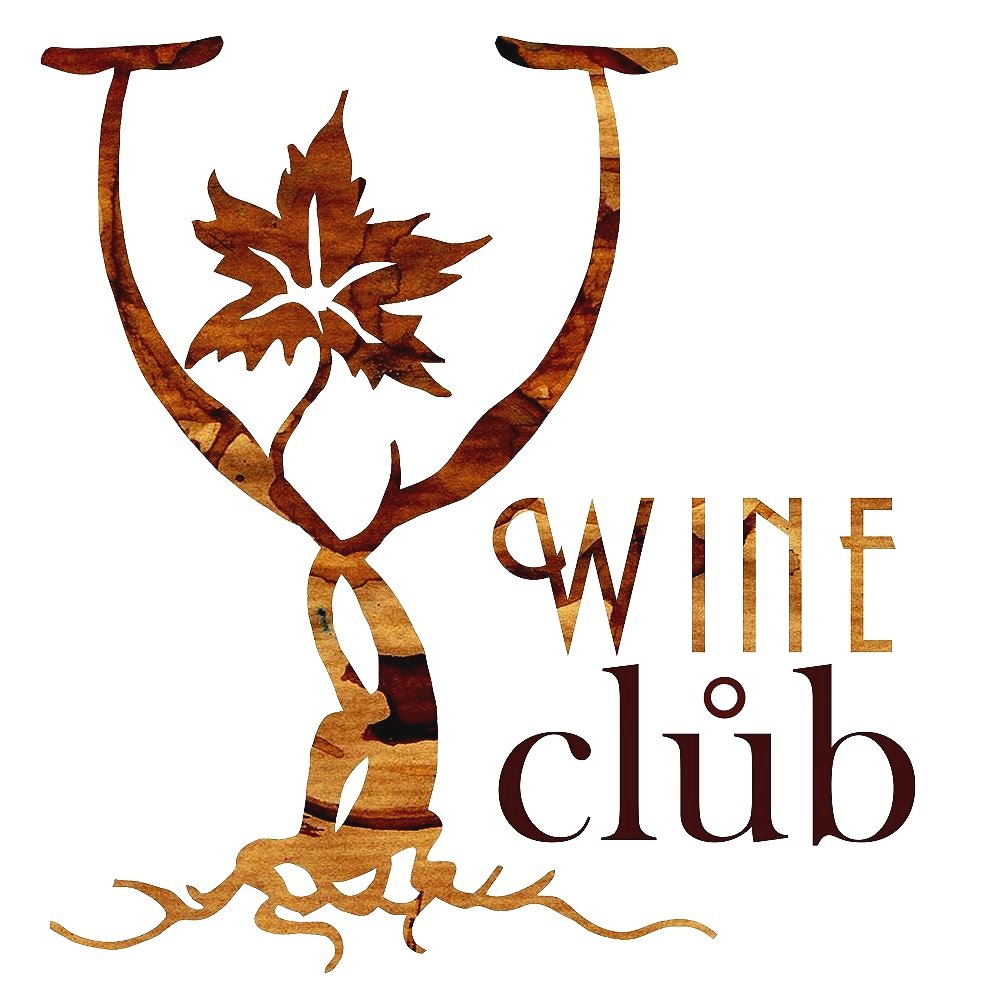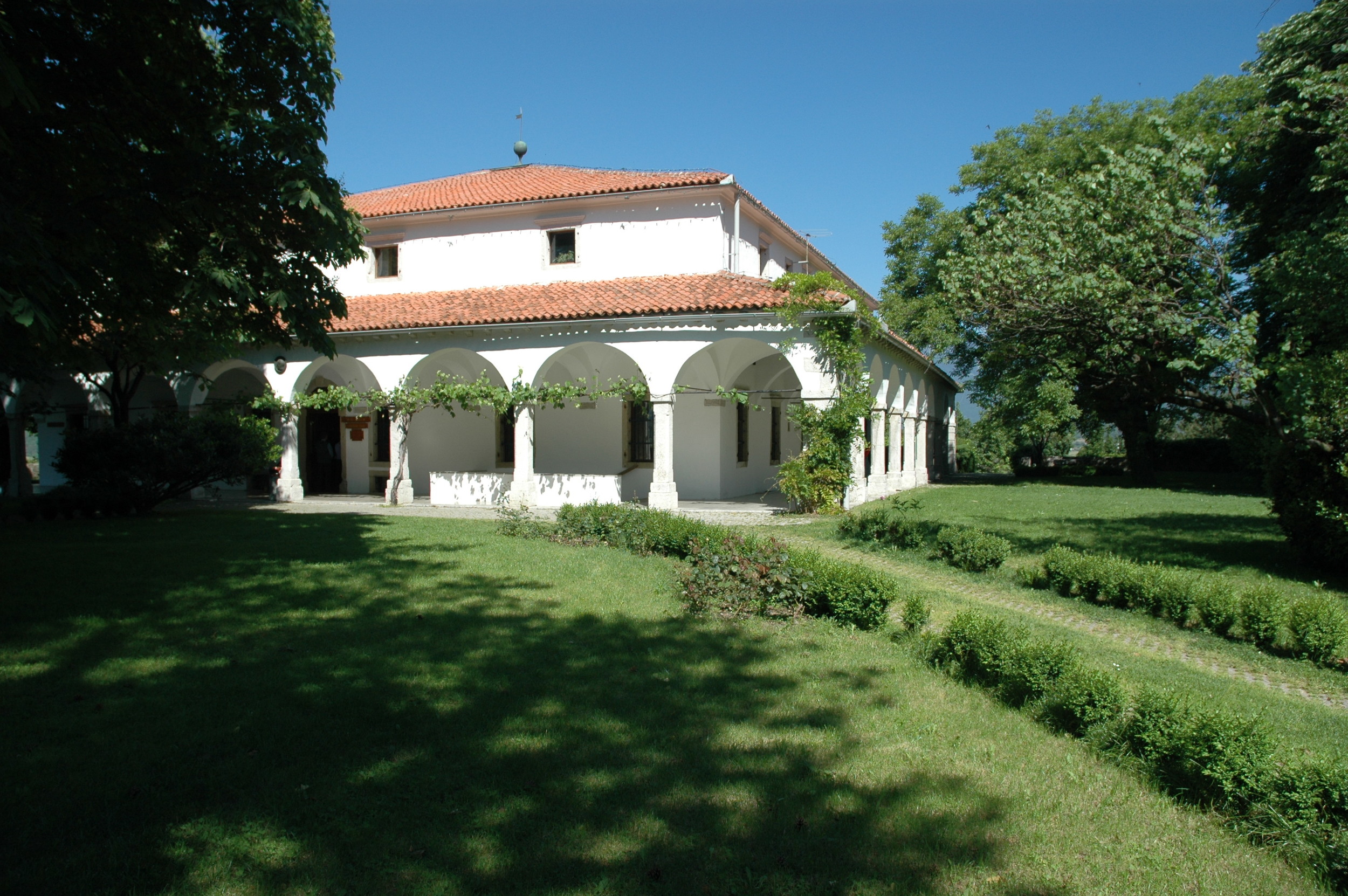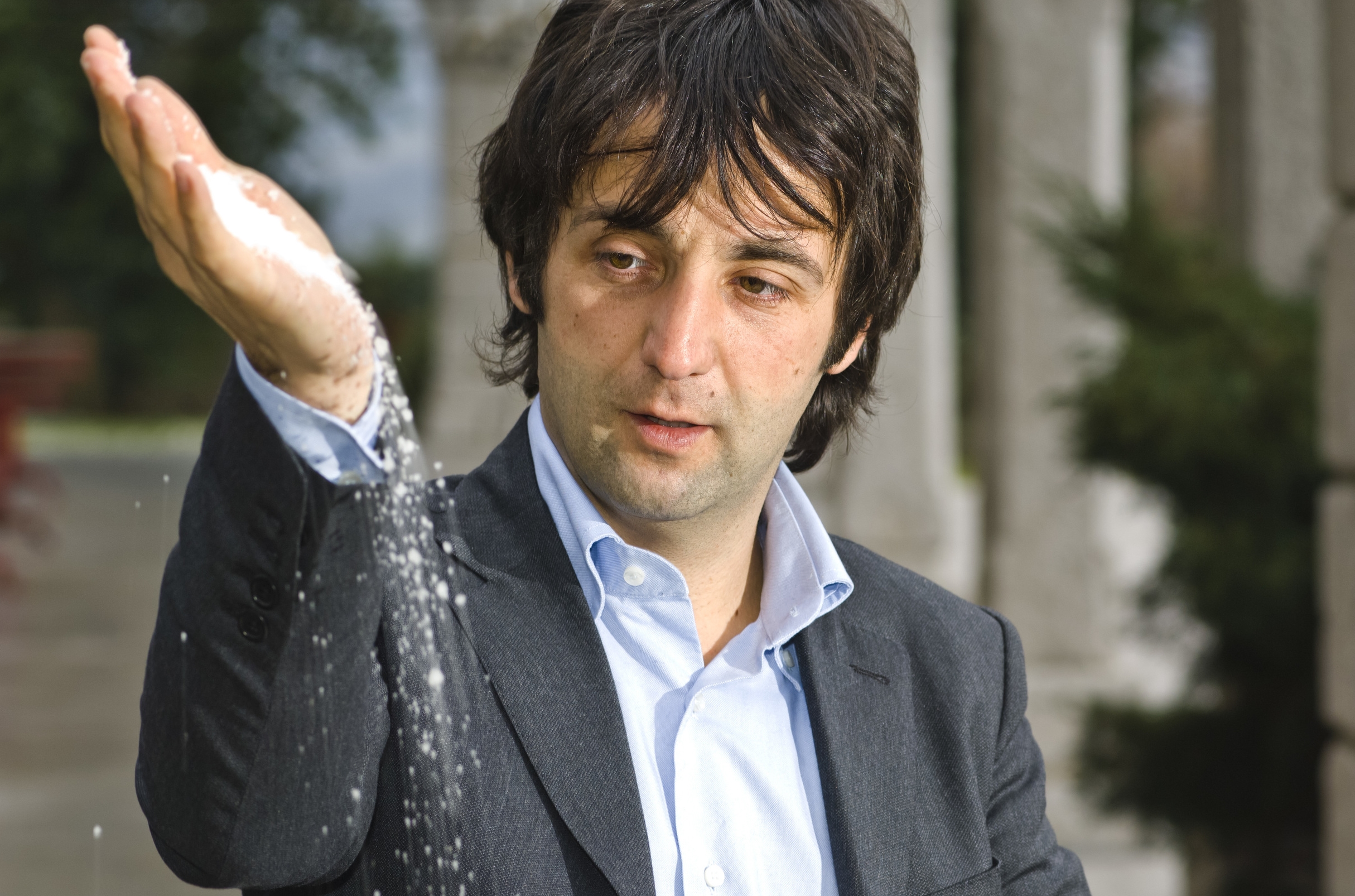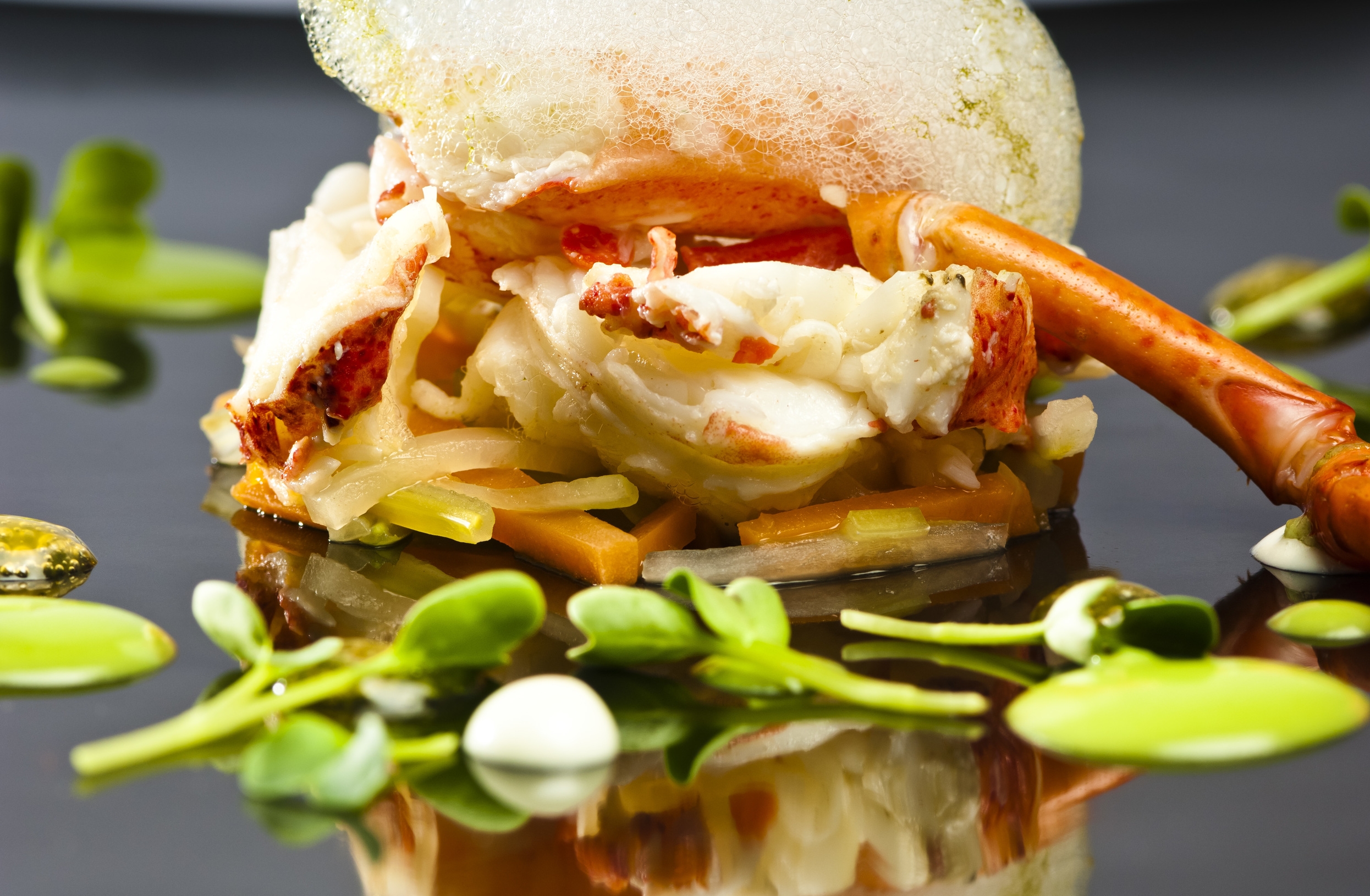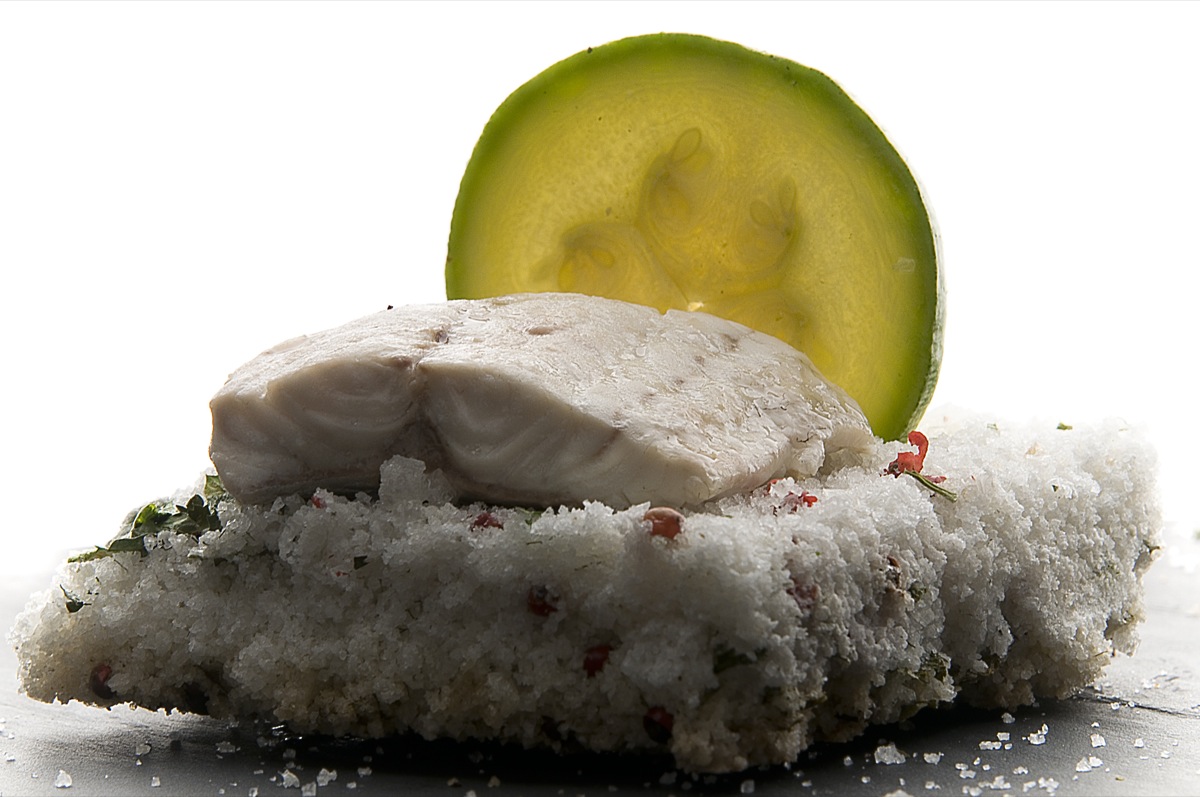Surprisingly, in the verdant Vipava Valley green is the least interesting colour. Red, orange and yellow are the true colours of the valley. These are the colours bursting from the 30 wine villages that make this 48km-long rift — only an hour’s drive from Slovenia’s capital, Ljubljana — such a superb destination for wine and food lovers.
Red — from the growing number of top-quality, better-value Bordeaux and Burgundy-style wines being created here.
Orange — from the increasing crop of natural winemakers who are taking advantage of the strong winds that blast down the valley between the plateaux to the north and the rugged karst mountains to the south.
Yellow — from the colour of the wine being produced from its indigenous varieties, such as Pinela and Zelen, even though Zelen means ‘green’ in Slovene.
“We could be competitive with Pinot Noir”
Primož Lavrenčič's family has been making wine in the Vipava Valley since 1499
RED
“The future of the valley is Pinot Noir,” says Primož Lavrenčič, as we taste his “passion and joy”, his Burja Noir, from a 1,500L barrel. It is reminiscent of a Burgundy from the 1980s but, of course, much better value. For a top-quality, limited edition Pinot Noir, made from organic grapes from a single 1ha vineyard, I think €18.50 is hard to beat.
Primož, a part-time lecturer in viticulture, is from a family that has been making wine in the valley since 1499 (alongside other occupations, including blacksmithing). Primož left the family winemaking business, Sutor, in 2009 and has set up on his own as Burja Wines. He’s in the process of building a new winery, where gravity will be used to rack the wines. The first floor is already complete, 6m underground.
In the meantime, we are tasting his wine in a factory unit in Vrhpolje, just outside one of the valley’s two main towns, Vipava. Modri Pinot (the local name for Pinot Noir) is a relative newcomer to the valley, which has been making wine since the Romans marched down it. Primož’s Pinot Noir vines are ten to 20 years old and are the only “non-local vines” in his vineyards. The reds previously grown here for farmers’ and their workers’ consumption are Pokalca (Schioppettino), Modra Frankinja (Blaufränkisch) and Refošk (Refosco). Primož has a blend of these varieties, 50-30-20%, called Burja Reddo that has been resting for two years in large barrels and some barriques, awaiting release in 2016. The wine we taste is smooth and complex with a subtle oak backbone. Just the way I like my reds.
For most of its history this valley – in Slovenia's Primorje wine region, where the Mediterranean, Alpine and Continental climates kiss – was better known for its regional and local white varieties such as Rebula, Malvazija, Laški Rizling, Pinela and Zelen. But over the last 50 years, encouraged by Tito’s Yugoslavian regime, international varieties – and in particular reds – have taken root. To such an extent that reds such as Merlot, Cabernet Sauvignon and Barbera account for about a third of all plantings in the valley’s 2,566ha of vineyards.
The Merlot varietals and Bordeaux-style blends have been gaining a good reputation over the past 20 years, since the most ambitious local winemakers stopped supplying the local co-operative, Vipava 1894, and started doing their own thing with their own grapes. Now it looks as if it’s Pinot Noir’s turn in the spotlight.
“We could be competitive with Pinot Noir,” Primož says. “The climate is appropriate. It’s a little bit hotter than Burgundy, but there’s more minerality.”
The new part of Tilia's cellar
Another respected producer, Tilia Estate, has adopted a new tagline: The House of Pinot. It covers a very commercial Pinot Gris made from pressed whole bunches and three levels of Pinot Noir, ranging in price from €7.50 to €40. “I’m not reaching for richness, I’m reaching for stability,” the winemaker, Matjaž Lemut, told me. Another part-time lecturer, he teaches winemaking technology while his wife, Melita, lectures full-time on agronomy. The subject of her Phd thesis concerned the impact of leaf-stripping on the colour of Pinot Noir wines in the Vipava Valley.
Matjaž, who has worked in Switzerland and California as well as alongside his father at Vipava 1894, started to plant and amass 8ha of vines in 1992, launching the first Tilia wines in 1996. Total annual production is now about 40,000 bottles, split fairly evenly between reds and whites. Not having the best sites, where the local varieties would flourish, they planted international varieties. “By chance we got bad land down in the valley which turns out to be perfect for Pinot Noir,” Matjaž said. “On the slopes it’s too jammy.”
But with careful leaf-stripping in the summer, cluster cutting before veraison, and judicious use of French oak, he is able to craft a red wine with rich aromas of black cherry, dark chocolate and vanilla, and fresh cherry and raspberry flavours.
Matjaž also planted Merlot, Pinot Gris and Sauvignon Blanc because “I wanted to make good wine but I also wanted to make a living”. However, he thinks the future of the valley is… the Italian variety, Barbera. “For sure Barbera is the future for red blends in the Vipava Valley,” he said. “Merlot gives stability and Barbera gives richness, freshness and fruitiness.”
Damjan Štokelj, a part-time producer in Planina, agrees. He says that many of the local producers are now reducing their Barbera yields and producing a grape that is “the perfect” partner for Merlot. As well as making a Merlot-Barbera blend, Damjan also produces a Merlot with 5% dried grapes adding extra body.
Whether it’s Pinot Noir, Merlot, Barbera or Merlot-Barbera blends, red is becoming key to the area and helping to change the perception that Slovenia is a white wine country.
“This is our most unsuccessful wine”
ORANGE
“This is our most unsuccessful wine.” It’s not the introduction to a wine I expect, but Miha Batič isn’t a conventional winemaker. He comes from a family that didn’t release its best-ever vintage “for fear that wine connoisseurs would grow spoiled by the taste”. Instead, he saved the 1999 vintage for friends, serving it at his home in Šempas. “Only the best is good enough for them,” he says.
Miha, like Primož, is part of the swell of organic and biodynamic producers rising in the valley, aided by the strong northeasterly bora (burja) wind that rips through the valley, frequently closing the motorway but blow-drying the grapes on its way. The old villages that dot the landscape have narrow streets to protect them from it and the terracotta roofs are littered with rocks and stones to keep the tiles in place.
Ducks keep the snails at bay
“Nature is the oenologist here,” Miha says. He believes wines are ‘born’, not made, and that the densely planted vineyards where they are conceived should be full of life – “with an orchestra of micro-animals who sing”. When this ‘singing’ (ie. vitality) attracts snails, they are dealt with by ducks. Sheep mow the grass but there is a high-tech solution to mildew – a huge, specially-made machine that blasts hot air at the vines, imitating the burja when it inconveniently doesn’t blow after rain.
Visits to the Batič cellar and tastings from their mulberry and oak barrels are precluded because “all healthy grapes need in the cellar are peace and time”. Instead, Miha takes me through a flight of Batič wines in the family dining room while his two young sons, Angel and Oskar, charge through on Heelys and toy trucks, armed with a rake and a plastic sword.
Batič’s most unsuccessful wine is his Sauvignon Blanc. The 2009 in my mouth has a hint of spice that comes from 15 months in a Slovenian oak barrel and a richness that comes from maceration. The 2009 still in my glass is almost amber. The aromas are minerally, peppery and utterly buttery. Grilled pineapple is the main fruit note. This is a Sauvignon Blanc that has been made for aging, I’m told.
Batič and Burja are only 30-40km from Collio, the best-known region for ‘natural’ winemaking. But you get the impression they are not following this path to be trendy or to copy their Italian neighbours, they are doing it because they love their land and respect Slovenia’s long winemaking traditions.
The country’s first book on viticulture, Vinoreja (Winegrowing) by Matija Vertovec, was published in the valley in 1845, Slovenia’s first agricultural school was set up here between 1873 and 1886, and the first co-operative winery opened in 1894.
The Batič family, which now produces 50,000 bottles a year from 20ha, can trace its winemaking roots back to 1592 and its philosophy is summed up on the label of its Angel wine, which comes from a high vineyard untouched by fertilisers, and indigenous vines untouched by chemical sprays: “Modern technology… offers us a richer harvest, wines that appear more attractive on initial impression, and higher profits. Nevertheless, nature always provides what is best for man, and for this reason we remain faithful to tradition.”
“Nature always provides what is best for man, and for this reason we remain faithful to tradition”
The next wine, Batič’s Pinot Gris, is as surprising as his Sauvignon Blanc and a million miles away from the Pinot Grigio produced in the nearby Veneto region. After 10 days of maceration, it is redder than his most successful wine, his slightly effervescent, semi-dry Cabernet Sauvignon rosé.
Other ‘natural’ wines I enjoyed came from Mlečnik (Valter Mlečnik and son Klemen’s Chardonnay is definitely worth seeking out if you like orange wine), Krapež from Vrhpolje (whose label shows the rocks on roof tiles), and Guerila, another biodynamic producer showing its confidence in the valley by investing in a new winery in Planina.
“It’s risky to grow Pinela but we wanted to continue our family tradition”
Špela Štokelj promoted Pinela during her reign as Slovenia's wine queen
YELLOW
Many of the indigenous white varieties now in Batič’s densely planted Angel vineyard fell out of fashion during Tito’s reign because of their relatively low alcohol potential. Zelen, Pinela, Klarnica and Vitovska Grganja were often replaced with the more alcoholic Rebula or international varieties such as Chardonnay. Now that there is an appreciation and place for wines with lower alcohol (and fewer calories), Zelen and Pinela are making a comeback.
“It’s risky to grow Pinela but we wanted to continue our family tradition,” Špela Štokelj tells me, as we taste the family’s specialty. About half of the Štokelj’s 3ha is devoted to Pinela, making them one of the largest growers of this sensitive, thin-skinned variety. It’s only possible to grow it in the upper reaches of the valley, because it needs the wind to dry the berries.
In Matija Vertovec’s 1845 tome, Vinoreja, Pinela and Zelen are among the 18 “noble” white grapes mentioned. Pinela, which flourishes around Planina, is the yellower wine, with gentle fruit and floral aromas (reminiscent of white peach and apple blossom), crisp acidity, and delicate flavours, such as pineapple and lemon; Zelen, which flourishes around Podnanos, is more straw-coloured and paler, sometimes with greenish highlights. The delicate aromas are more reminiscent of apples and pears. The taste is crisp and dry, with a slightly bitter finish (more pronounced if the vine has been stressed).
Wine made from thin-skinned Pinela grapes offers gentle fruit and floral aromas (reminiscent of white peach and apple blossom), crisp acidity, and delicate flavours, such as pineapple and lemon
Pinela received a boost in 2014 when Špela became Slovenia’s wine queen and selected the family’s €9 Pinela varietal as her official wine. Another fifth-generation winemaker, Špela helps her father, Damjan, to make wine in Planina. They are part-time winemakers, turning out about 5,000 bottles of Pinela a year and have recently added a sparkling Pinela to their portfolio.
“It’s something special and I believe it is also interesting,” Špela said. They sell the wine to local restaurants and to tourists.
Other producers of Pinela and Zelen include Avin in Gradišče, Miška in Erzelj, Petrič and Ferjančič in Planina. They are boutique wineries, like most of the 120 producers in the valley.
The big exception is Vipava 1894, at the eastern entrance to the valley, in the pretty little town of Vipava. The valley’s largest producer, Vipava 1894 was once at the forefront of winemaking in Slovenia. It was the first to use large concrete tanks, the first to use stainless steel tanks, the first to use temperature controlled tanks, the first to produce a red wine and the first to produce a straw wine, according to Matjaž Lemut of Tilia, whose father worked at the winery for 35 years.
Now many of the giant concrete and stainless steel tanks stand idle, and the winery, recently bought by Ukrainians, is in desperate need of investment. In its heyday it produced 10 million litres of wine; now 4 million is the optimum. And its enthusiastic and talented young winemaker, Uroš Bolčina, has left. He was trying to take the co-op away from “high alcohol, flabby wines, with oxidative flavours and colours” to more refreshing, “fashionable” wines.
Before he left, Uroš let me taste many of the 31 wines coming from the co-op’s 200ha, but the two that captured my interest most were the sparkling wines made from Zelen grapes. They were produced using both the Charmat and classic method.
The Charmat version is green in colour and shows the variety’s characteristic herb and roasted almond aroma. This version is much sweeter, at 19.6 g/L of residual sugar, than the Penina Zelen Classic 2010, which has 6.5g/L of sugar. This version is yellow with hints of green and has been aged longer on the lees (at least two years) to add bread crust and yeasty notes to the grape’s typical aromas. This felt and tasted like a much more serious wine: the flavours suggested smoky wet stones sprinkled with rosemary and thyme. It was a rare treat to be able to taste the same variety given two different treatments.
But producing these wines from Zelen grapes is not an easy task, according to Uroš. He told me: “This is the worst grape variety for sparkling wines. Because Zelen is a half-aromatic grape variety. If you want to have these expressive Mediterranean herb flavours, the pH has to be high but if the pH is high you can forget sparkling wines.”
Uroš’s answer was harvesting in different stages, once for the acidity and once for the green citrus flavours. He then boosted the acidity still further with 5-10% Rebula.
Tasting the base wine for the 2014 vintage from the tank, Uroš pointed out that he used native yeasts because commercial yeasts change the character too much. The wine had also undergone malolactic conversion to soften it. “I like MLF for base wines,” Uroš explained. Prices were €6 for the demi-sec Zelen and €8 for the classic Zelen 2010. Despite its size, the winery is not set up to produce classic method sparkling wine in volume. They made 12,000 bottles in 2010 and manually disgorge and sell 2,000 a year to restaurants.
The other local grape to look out for is the deliciously sweet Pikolit, which is golden yellow and has intense aromas of white peach, over-ripe apricots, dried fruit and honey. But this variety pollinates poorly and, consequently, is rarely produced or very expensive to buy.
With so many white grape varieties in the valley, it’s not surprising to find some interesting white blends. The classic white blend, for more than 400 years, is ‘Vipavec’, which usually comprises Malvazija, Rebula and Laški Rizling. Burja’s version, Burja Bela, has 30% of each plus 10% from other varieties, such as Zelen and Pinela – it’s a field blend from Primož’s two oldest vineyards. Some of the vines are more than 75 years old. The grapes are macerated for eight days, fermented in large oak barrels and bottled unfiltered. In the new winery he may use 940L concrete eggs for the fermentation and aging on lees.
“The local varieties my way”
Tilia also has an interesting local blend. Nostra is made from Zelen and Pinela, but “it’s the local varieties my way,” Matjaž says. Which means 16 months in new oak for a very smooth, buttery expression of these two little-known varieties that only appear to thrive in this valley. “This is my view of local varieties for international markets.”
Other deliciously interesting blends included Krapež’s Lapor Belo (40% Pinela, 40% Chardonnay, 20% Rebula), Lepa Vida’s oOo (90% Malvasia Istriana, 10% Rebula) and Sutor’s White (70% Malvasia Istriana, 30% Rebula).
However, the most unusual blend I tried was Batič’s complex, tannic, slightly oxidated Zaria, a field blend that is single-handedly saving some of the valley’s obscurest grapes: 55% Pinela, 20% Zelen, 10% Rebula, 8% Vitovska, 4% Klarnica, 2% Chardonnay, and 1% Yellow Muscat. All the grapes are grown, harvested and macerated together, fermented in open vats without the addition of selected yeasts, and matured in Slovenian oak barrels. The wine is then bottled without filtration and without adding sulphur dioxide. The aromas range from plums to green tea and jasmine; the taste encompasses dried apricots, caramel and lemons. Miha says this wine represents “the new dawn of ancient wine culture” and revives “the traditional way of making wine, giving wine its healing powers and joyfulness”.
It certainly makes the world of wine a far more interesting and colourful place.
Where to eat
The Vipava Valley offers two of Slovenia’s best restaurants: Pri Lojzetu at Zemono Manor, near Vipava, and Majerija in Slap. Pri Lojzetu is set in the arched cellar of a former hunting lodge. It is run by the country’s MasterChef judge, Tomaž Kavčič, and is the most expensive and flamboyant set meal in the country, but the theatre around each of the seven courses makes it worthwhile. For example, cod ball, beetroot froth and asparagus soup appetisers were served on a bed of grass; and the pea soup starter represented a meadow, so there were primroses floating on top, and the submerged cheese nuggets represented the cows. As it had been snowing that day, the waiter sprinkled the soup with potato shavings. The Burja Bela went exceedingly well with the smoked fish broth, and the rare Vitovska Grganja paired well with sea bass, dyhydrated vegetables and rice infused with local herbs.
Majerija, in a beautifully renovated farmhouse surrounded by vineyards, offers updated interpretations of regional dishes with local, seasonal ingredients. Matej and Nataša Tomažič also offer 10 underground bedrooms. The historic cellar stocks about 130 local wines.
Places to stay
Arkade Cigoj in Crnice. The Cigol family makes its own wine, including a Klarnica and an expressive Malvazija, as well as its own prosciutto.
Majerija, in Slap, has a fantastic restaurant, wine cellar, and offers 10 underground bedrooms.
Apartmaji Koren in Vipava has comfortable rooms and is next to the Vinoteka Vipava, a great place to start your adventure.
Start your tour
… In the Faladur shop in Ajdovščina, the town at the centre of the valley. This wine shop, which is in the centre of the town, offers an amazing selection of local wines. Probably more than 200, with producers from the western part excelling in Malvazija, Rebula, Sauvignon and Pinot Blanc, while producers from the northeastern end offer Zelen and Pinela. The better whites tend to come from the upper slopes and the reds – mainly Barbera, Cabernet Sauvignon and Merlot – come from the lower parts, where the grapes can ripen two weeks earlier.
…Or in the quiet but pretty town of Vipava. In the main square near the tourist office is Vinoteka Vipava. Here you will find wines from 45 local winemakers and it is next to the Tourist Information Centre, where you can collect maps and make appointments to visit your favourite producers.
Vipava is a pretty little town and the Tourist Information Centre is a good place to start your tour
